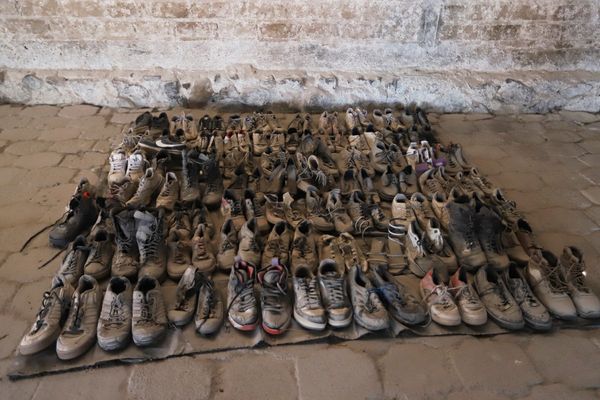Contrary to the general perception that encroachment of water bodies is high in urban areas, a census conducted by the Ministry of Jal Shakti (MoJS) from 2017-19 reveals that over 96% of encroachments have taken place in rural Telangana.
The census put the total number of water bodies in Telangana at 64,055 including ponds (27,003), tanks (16,292), lakes (289), reservoirs (111), percolation tanks or check dams (19,239), and others (1,121). The study has found that 3,032 water bodies have been encroached in the State, including 2,920 in rural areas and 112 in urban areas.
However, it was found that encroachment of 86 water bodies out of the total 112 in urban areas (53 in Rangareddy and 20 in Hyderabad), was beyond the assessment stage, meaning there was hardly anything for assessment by the personnel who took up the study.
A look at the findings about the encroached water bodies in and around Hyderabad, which includes a sizeable area of Medchal-Malkajgiri and Rangareddy districts, with Sangareddy, Nalgonda and Yadadri-Bhuvanagiri too, having some of their areas falling in the city limits, indicate that Rangareddy has borne the brunt of development to a maximum extent — 55 out of the total 101 encroached water bodies in its limits come under urban areas.
Encroachment of water bodies is low in Nirmal district at two out of 1,016, followed by Mancherial (3/1,733), Mahabubnagar (4/2,885), Rajanna-Sircilla (4/842), Kumram Bheem-Asifabad (7/1,873), Khammam (8/1,683), Medchal-Malkajigiri (8/533) and Vikarabad (9/1,358). In other districts, it ranges from 13 out of 777 (Hanamkonda) and 695 out of 1,106 (Suryapet).
The census taken up by considering 31 districts, as Mulugu and Narayanpet were formed at the time of its commencement, found that a total of 12,323 water bodies across Telangana were not in use. These include 6,227 ponds, 2,135 tanks, 130 lakes, 17 reservoirs, 3,645 percolation tanks and check dams constructed as water conservation bodies and 169 others.
Jangaon district has the highest number of water bodies (1,923) not in use, followed by Rangareddy (1,378), Nagarkurnool (1,114), Mahabubnagar (1,033), Nalgonda (1,010), Sangareddy (667), Yadadri-Bhuvanagiri (646), Medak (577) and Jogulamba-Gadwal (563) that are not in use.
MI sources
The census that included the study of minor irrigation sources such as dug up wells, shallow tube wells, medium tube wells, deep tube wells (based on groundwater), surface flow and surface lift irrigation sources, has found that of the 16,79,868 sources with 34,11,656 hectares irrigation potential created, 22,979 sources with an irrigation potential of 24,342 hectares have been abandoned or not in use permanently.
Keeping aside the MI sources not in use temporarily, 16,21,091 MI sources have irrigation potential in use for 28,60,272 hectares. Again, Rangareddy district has the highest number (5,858) of MI sources not in use permanently with a loss of 3,054 hectares irrigation facility.







